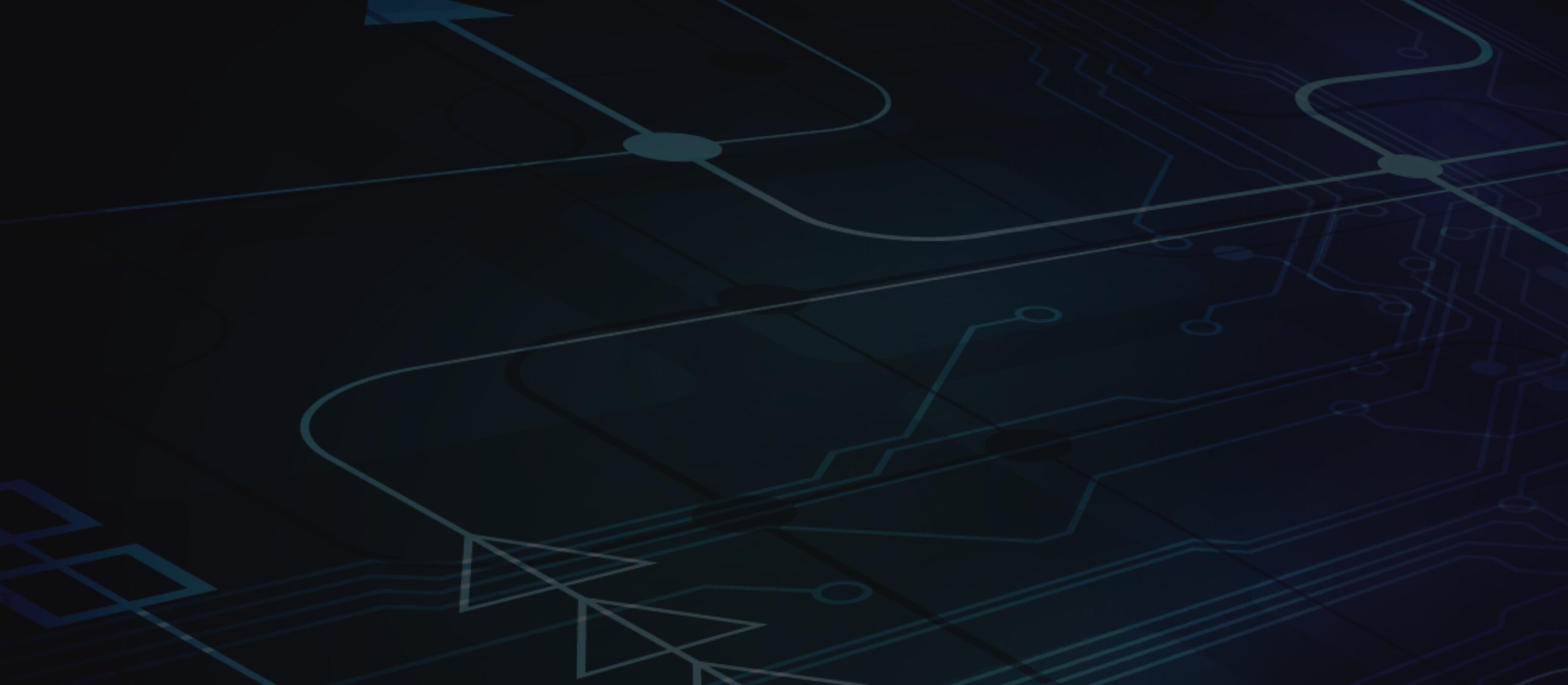
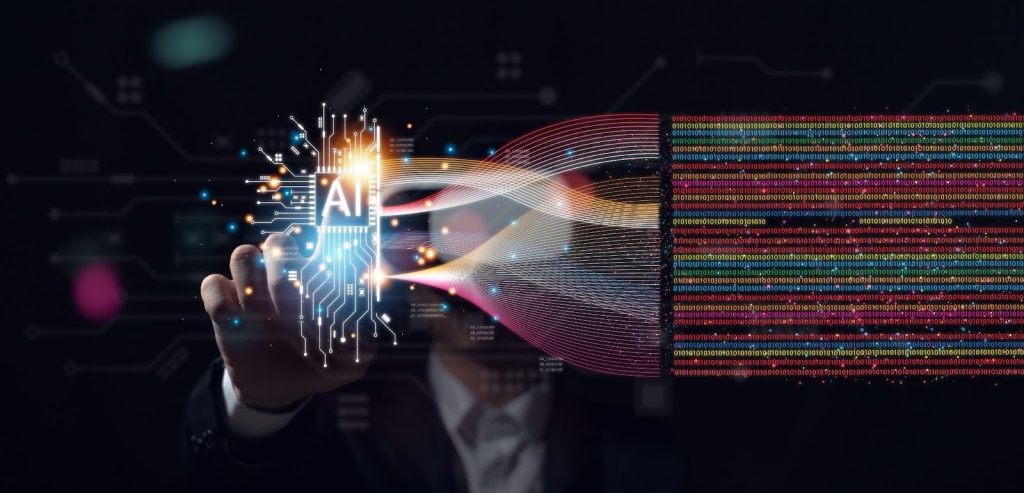
Introduction
Generative AI (GenAI) is often lauded as a revolutionary tool in the software development industry, promising to automate code generation and enhance productivity. However, the reality of GenAI’s capabilities is more nuanced.
While new tools demonstrate significant potential, the central role of human expertise in producing production-ready code remains undeniable.
This blog explores why GenAI cannot ship code alone and highlights the critical need for the human touch in software development.
The Reality of GenAI in Production
GenAI is often portrayed as capable of generating production-ready code autonomously, which hints at an imminent threat to the software developer’s role.
However, BlueOptima’s recent report, The Impact of Generative AI on Software Developer Performance, shows that GenAI tools rarely generate code that reaches production without significant human modification.
The unprecedented study behind the report found that less than 1% of developers consistently committed GenAI-authored code without making changes.
Additionally, in a test group of 3,000 developers equipped with officially licensed GenAI tools, only 12% committed AI-generated code without significant changes.
This discrepancy highlights the continued reliance on human oversight in safeguarding code quality and maintainability. Developers frequently need to refine, optimise, and integrate AI-generated code into existing systems, indicating the indispensable role of human expertise.
Moreover, it suggests scepticism among developers at the prospect of allowing GenAI free reign in the production of code.
IBM’s report supports this, noting that AI-generated code often requires human oversight to align with specific project requirements and ensure security and compliance standards are met.
Human involvement remains crucial to prevent potential vulnerabilities and to maintain the high standards expected in software development.
Curiosity and a Tinkering Mindset
The report shows that the highest original Billable Coding Effort (BCE) – a measure of coding productivity delivered per developer per day – was observed among those who adopted AI tools early.
This suggests that a curiosity to engage with new tools, in general, might be the key to higher productivity. An individual developer’s tendency to innovate and test with new tools, such as GenAI, may be the more reliable indicator of high productivity.
Rather than solely focusing on generating production-ready code, it is key to foster an environment that encourages experimentation and learning. Advanced Integrated Development Environments (IDEs) that allow for experimentation will help maximise the potential of GenAI tools without the pressure to push GenAI code straight into production. Organisations that promote a culture of curiosity can expect to encourage innovation and better overall performance. This enhances productivity and helps retain top talent eager to work in dynamic and forward-thinking environments.
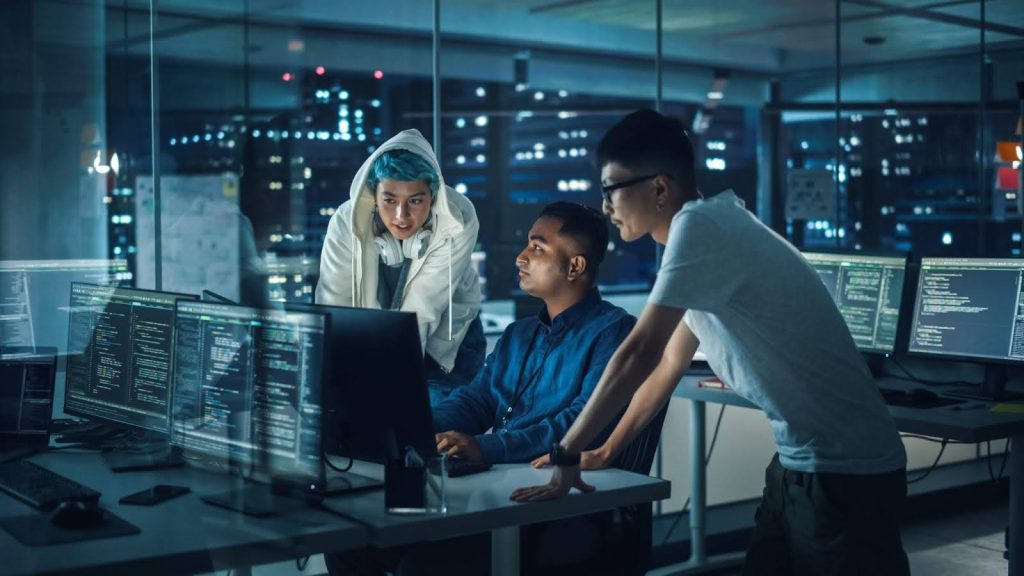
The Necessity of Human Expertise
Despite the advancements in AI, the complexity and creativity involved in software development mean that human expertise remains irreplaceable. GenAI can assist by automating repetitive tasks and providing code suggestions, but the final decision rests with human developers. The ability to understand the broader context, user needs, and project goals is something that AI, in its current state, cannot fully replicate.
An Accenture report emphasises that the integration of AI in software development should incorporate a people-first approach. This will leverage the strengths of both, ensuring that AI enhances developer potential without undermining the essential role of human judgement and creativity.
Conclusion
The findings from BlueOptima’s study highlight the complex relationship between GenAI and software development. While GenAI holds significant promise, it cannot replace the essential role of human expertise in producing production-ready code. Balancing AI assistance with human intervention, supporting skill development, and fostering a curious and experimental mindset is key to leveraging GenAI’s full potential in software development.Read the full report here to explore more insights from BlueOptima’s study on GenAI and understand how to integrate AI tools effectively into your development processes.
Related articles...

Article
Inside the $55 Billion Breach Puzzle: What Data Breaches Really Cost Enterprises
When thinking about the financial impact of cybersecurity breaches, the…
Read More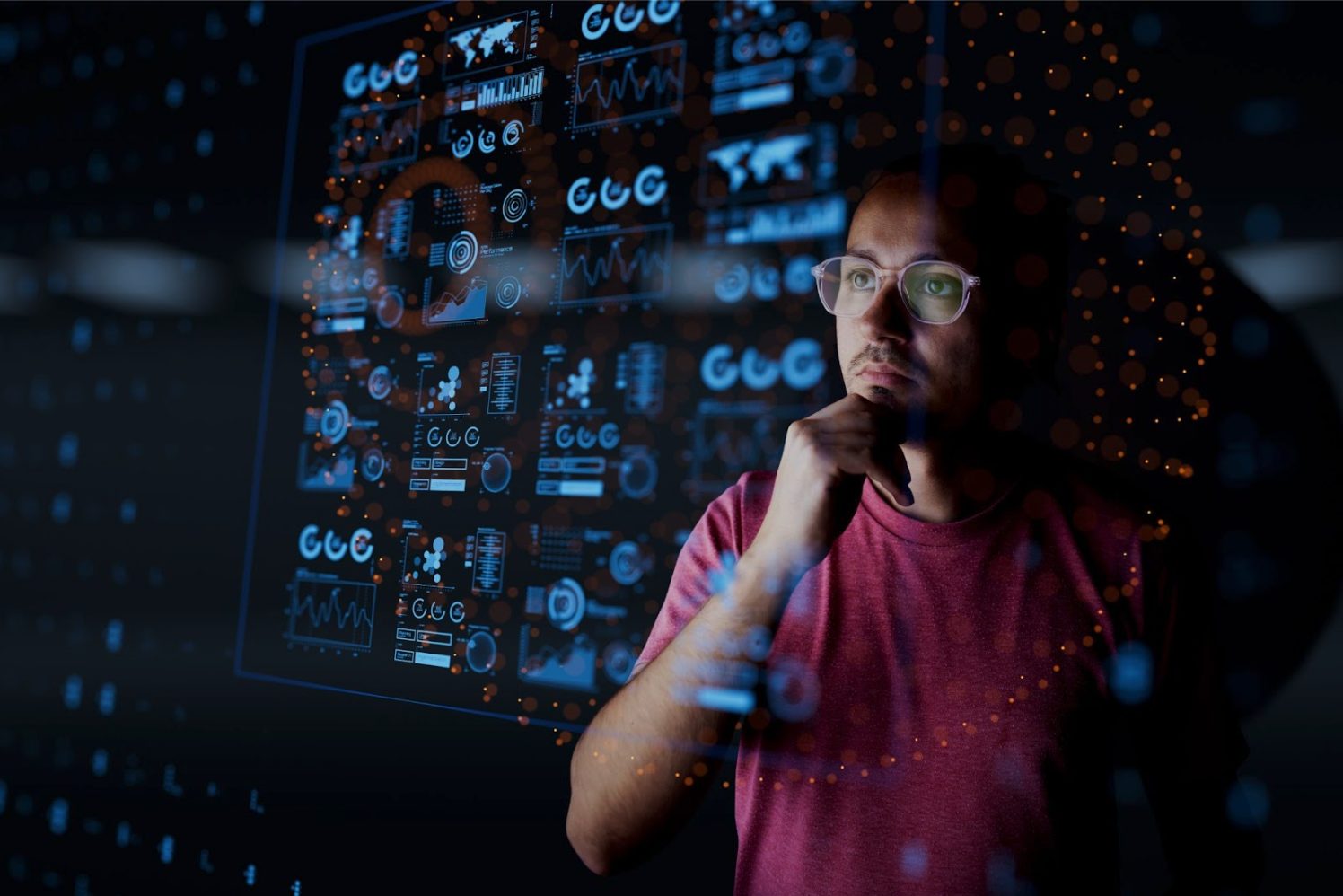
Article
How Software Quality Metrics Boost Team Performance
Measuring software delivery speed has become second nature for many…
Read More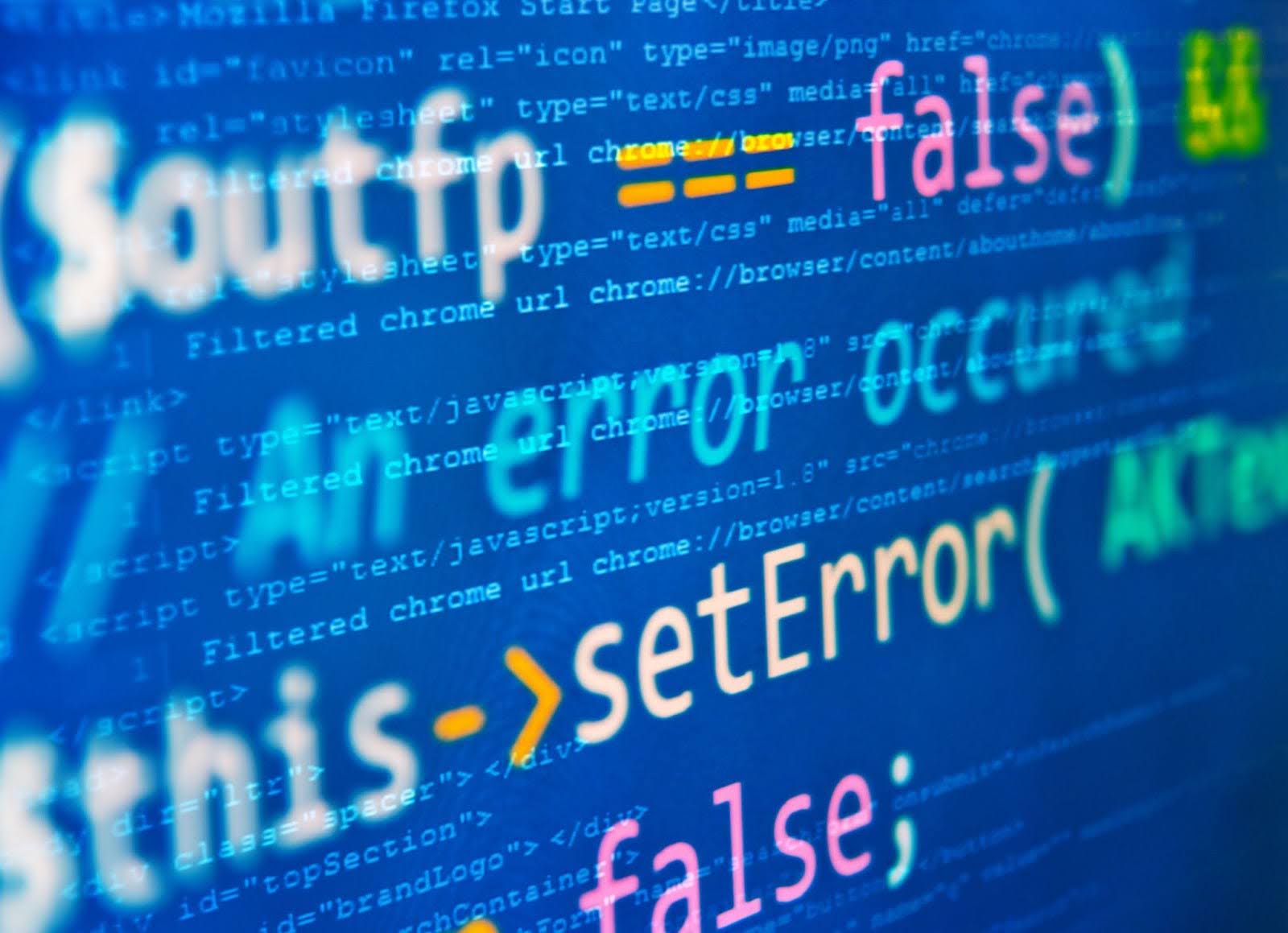
Article
The Real Price of Technical Debt
For understandable reasons, businesses often prioritise speed over software quality….
Read More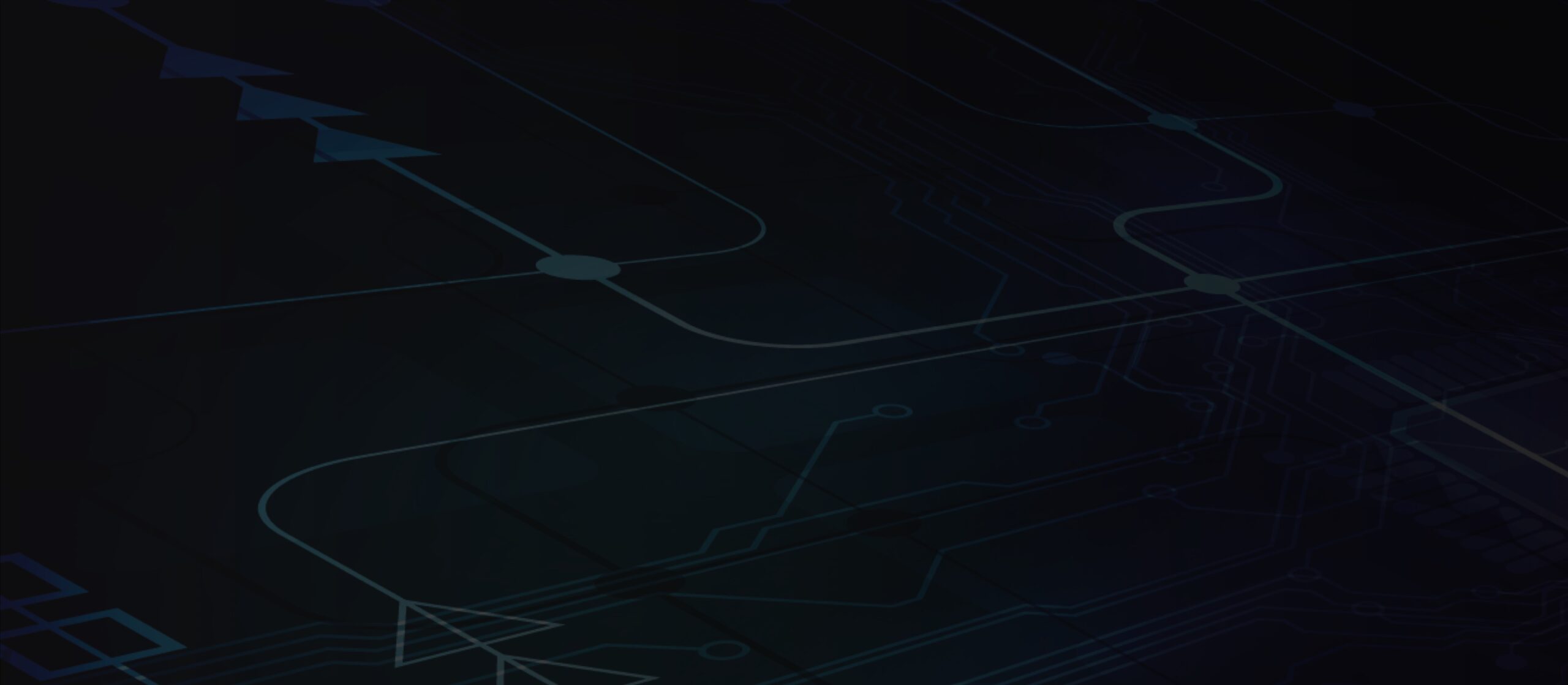
Bringing objectivity to your decisions
Giving teams visibility, managers are enabled to increase the velocity of development teams without risking code quality.
out of 10 of the worlds biggest banks
of the S&P Top 50 Companies
of the Fortune 50 Companies